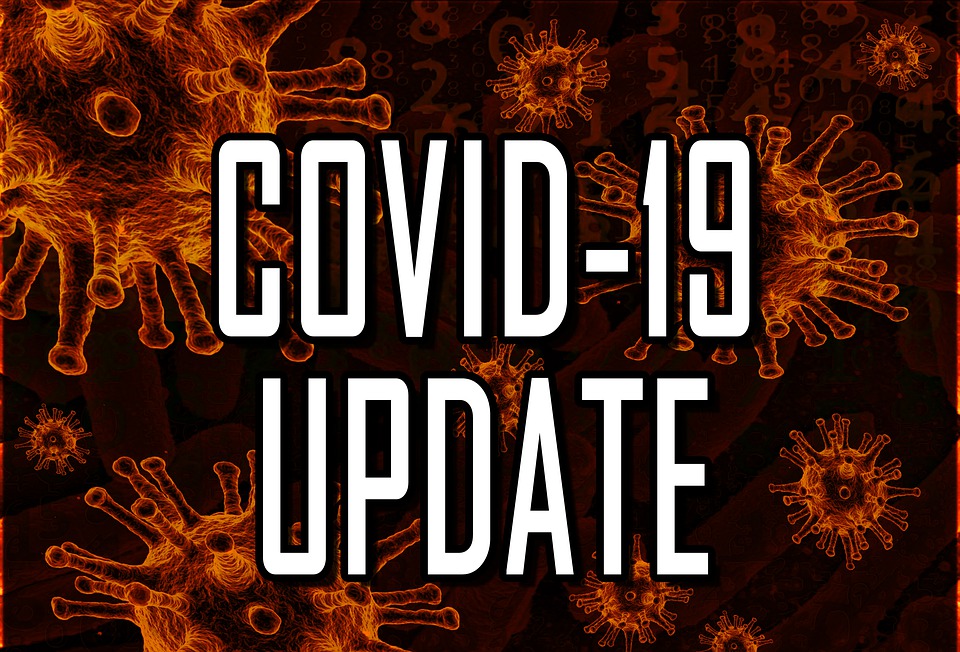Governor Newsom has signed into law SB 114 California State Supplemental COVID-19 Paid Sick Leave, which goes into effect February 19, 2022. The new law applies to employers with 26 or more employees and requires them to provide up to 80 hours of supplemental COVID-related sick pay to employees who are:
- Attending a COVID-19 vaccine or booster appointment for themselves or a family member
- Experiencing symptoms or caring for a family member with symptoms
- Subject to a COVID-19 quarantine or isolation period
- Caring for a child whose school or place of care is unavailable due to COVID-19
In 2021, California passed a supplement COVID-19 paid sick leave bill that provided similar benefits to employees. However, these benefits expired on September 31, 2021 and were not replaced with additional leave. SB114 was a pathway for the California legislature to bring back this benefit due to the recent COVID surge. Please note, this would be a new allotment for employees.
The bill covers the period from January 1, 2022 through September 30, 2022. Employees who took COVID-related leave between January 1 and February 19 and were not provided with paid leave may make an oral or written request to their employer for payment.
Employers are required to post a notice about the supplemental paid sick leave. The Labor Commissioner’s Office is currently working on and will make available a poster. Employers are also required to provide employees with written notice of the supplemental paid sick leave that the employee has used in the applicable pay period. Read the full bill here.



 If you have employees in San Francisco, you should be aware of the new San Francisco Paid Parental Leave law, and amendments to the city’s paid sick leave law, both of which will go into effect next year.
If you have employees in San Francisco, you should be aware of the new San Francisco Paid Parental Leave law, and amendments to the city’s paid sick leave law, both of which will go into effect next year.



